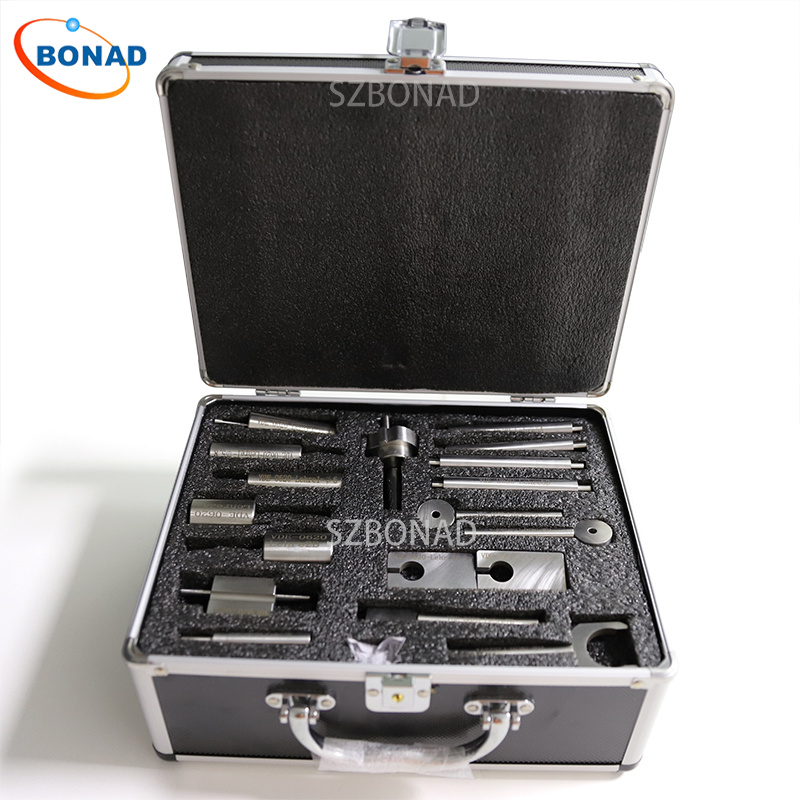In the realm of product evaluation, dynamic testing and reliability testing stand as pivotal methods to assess the performance and behavior of products, systems, or materials under real-world conditions. These tests are essential for ensuring that products meet quality standards and perform reliably throughout their lifespan. Let’s delve into these testing methodologies:
Dynamic Testing
This type of testing focuses on how a product or system reacts under varying conditions, such as fluctuating loads, vibrations, temperature shifts, and other environmental factors. The primary aim is to predict the product’s behavior in actual usage scenarios. Several common dynamic testing methods include:
- Vibration Testing: This process examines a product’s response to vibrations and oscillations, ensuring its stability and durability during transportation or operational phases.
- Shock Testing: Here, the product’s ability to endure sudden impacts and shocks is evaluated—conditions that might occur during handling, shipping, or specific applications.
- Accelerated Life Testing (ALT): Products are subjected to intensified conditions like higher temperatures or increased stress to forecast their long-term performance and reliability.
- Fatigue Testing: This analysis involves assessing how a product withstands repeated cycles of loading and unloading, simulating conditions where fatigue failure could occur.
- Environmental Testing: Products are exposed to diverse environmental conditions such as temperature fluctuations, humidity levels, and salt spray to evaluate their performance across different climates.
Reliability Testing
The purpose of reliability testing is to gauge the dependability and longevity of products or systems. It helps pinpoint potential failure modes and assesses the likelihood of failures over time. Key reliability testing methods include:
- Life Testing: Observing a product’s performance over an extended period to determine its life expectancy and identify failure patterns.
- Mean Time Between Failures (MTBF) Testing: Calculating the average time between failures for a product or system to estimate its reliability.
- Highly Accelerated Life Testing (HALT): Subjecting products to extreme stress conditions beyond normal operating ranges to identify weaknesses and potential failure points.
- Reliability Growth Testing (RGT): Continuously enhancing a product’s reliability through iterative testing and modifications based on identified failure modes.
- Field Testing: Analyzing a product’s performance in real-world scenarios to validate its reliability and uncover issues not apparent in laboratory settings.
Dynamic testing and reliability testing are integral for guaranteeing product quality, safety, and performance. They assist manufacturers in identifying design flaws, enhancing durability, and building customer trust by delivering products that meet expectations in real-world environments. Moreover, these practices support compliance with industry standards and regulatory requirements.
BONAD test equipment plays a crucial role in helping manufacturers simulate actual usage conditions for their products’ life cycle assessment. BONAD offers specialized equipment like 2500kgf vibration shakers and 600mm slide tables for Random-to-Random (ROR) and Sine-to-Random (SOR) testing—customizable according to specific test needs—to ensure comprehensive evaluation of dynamic behaviors.



